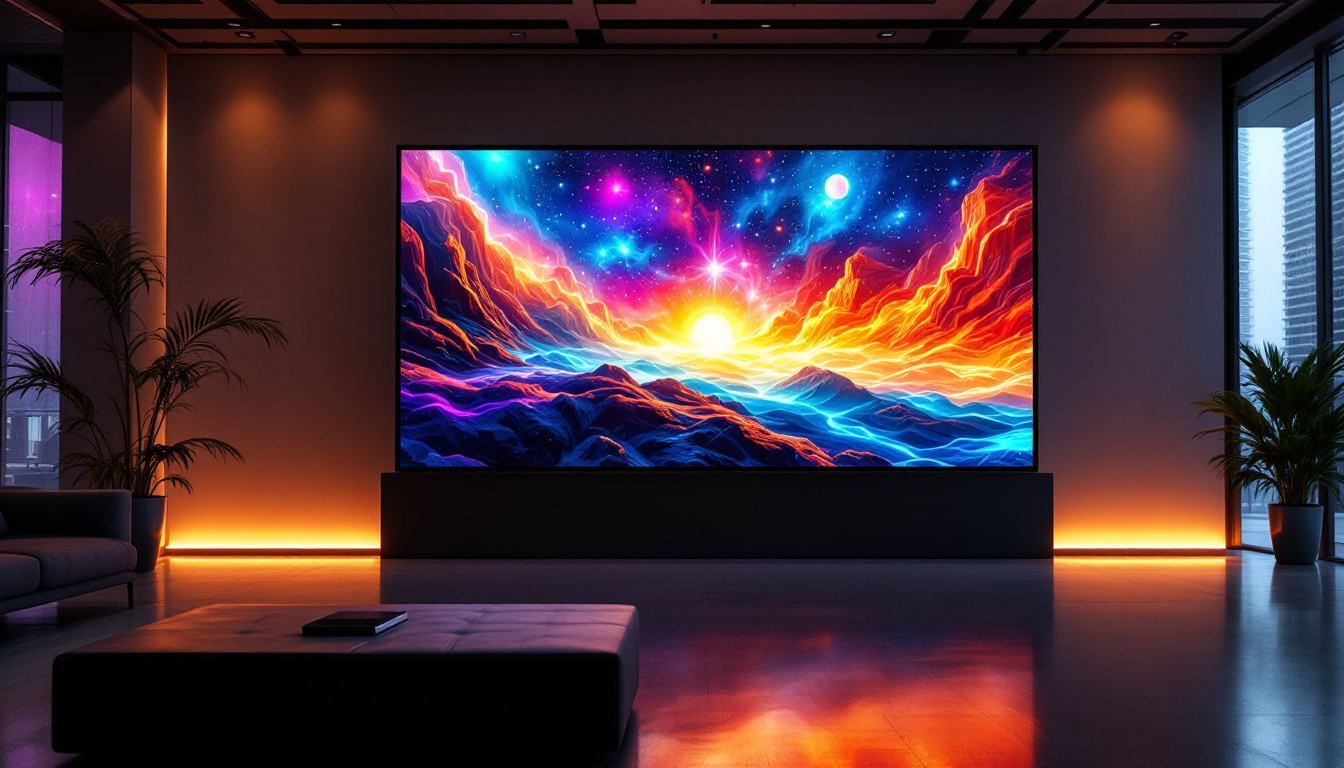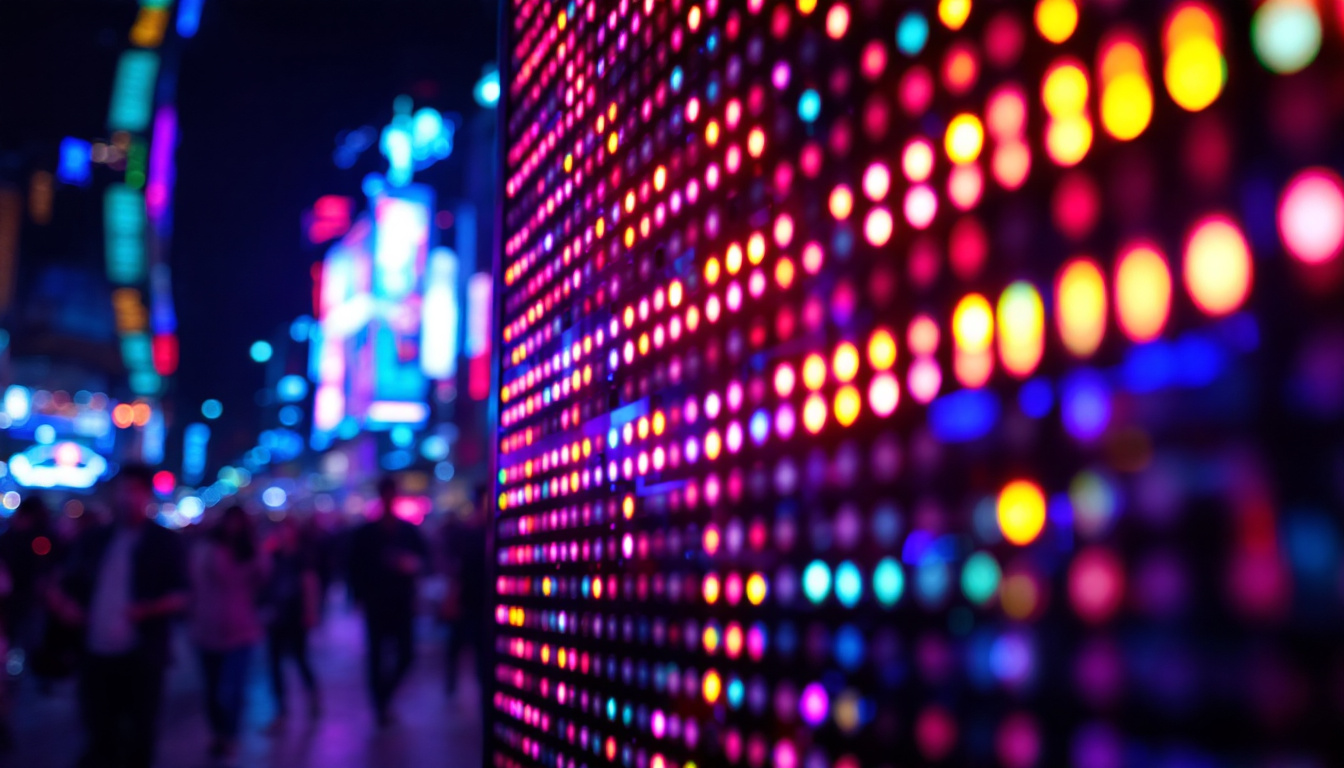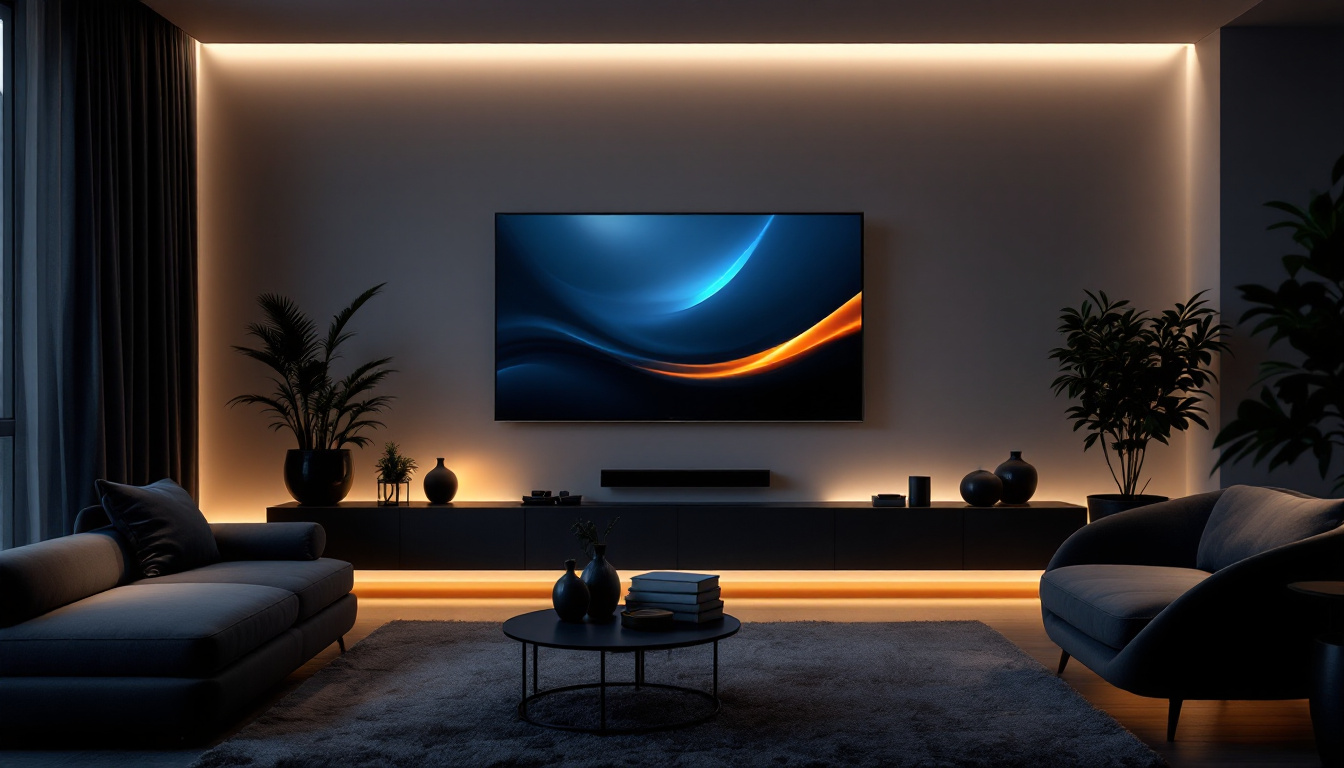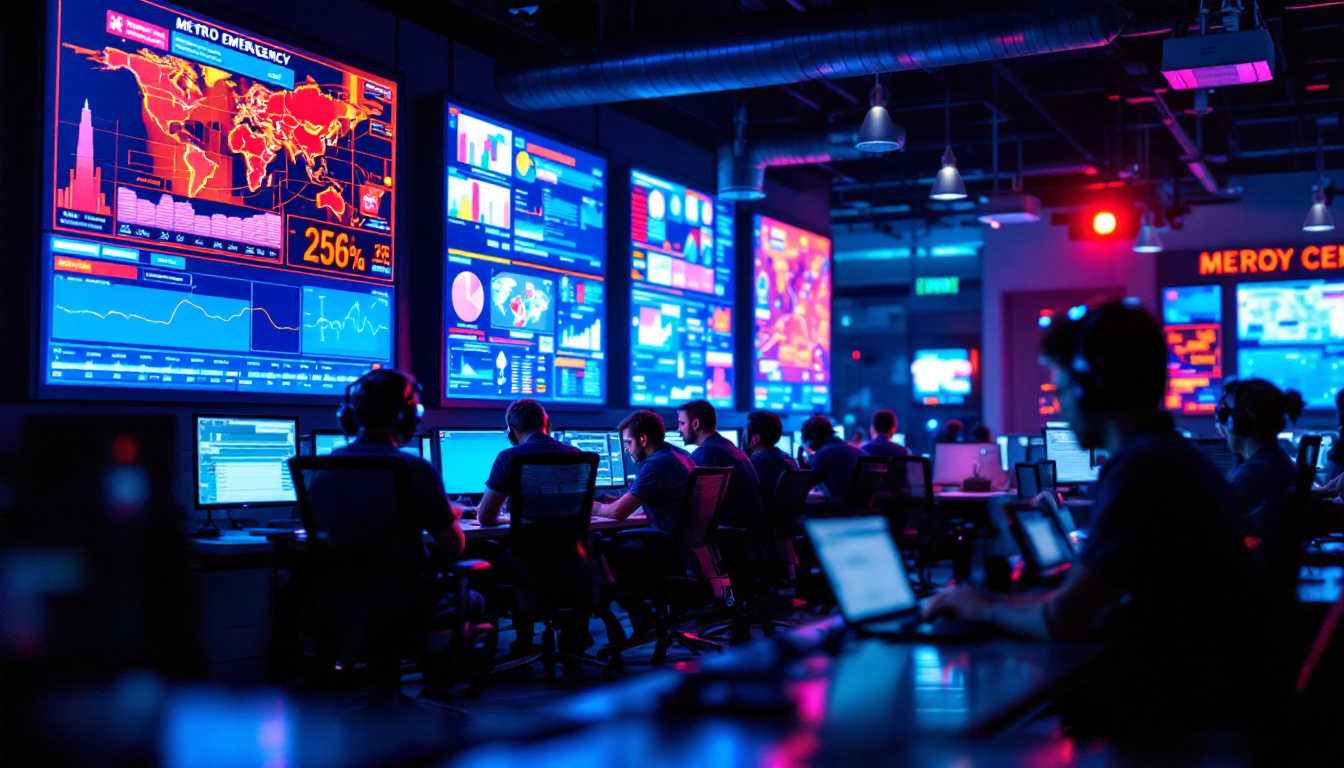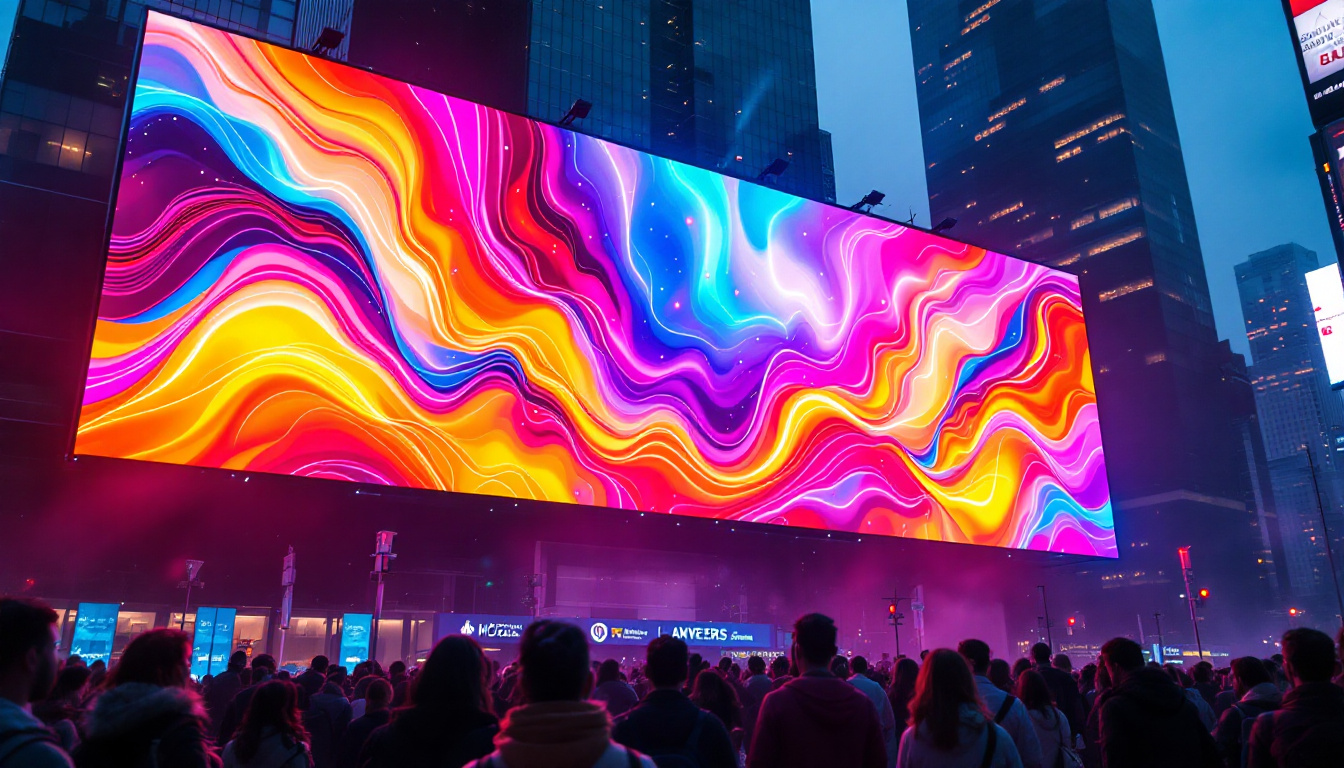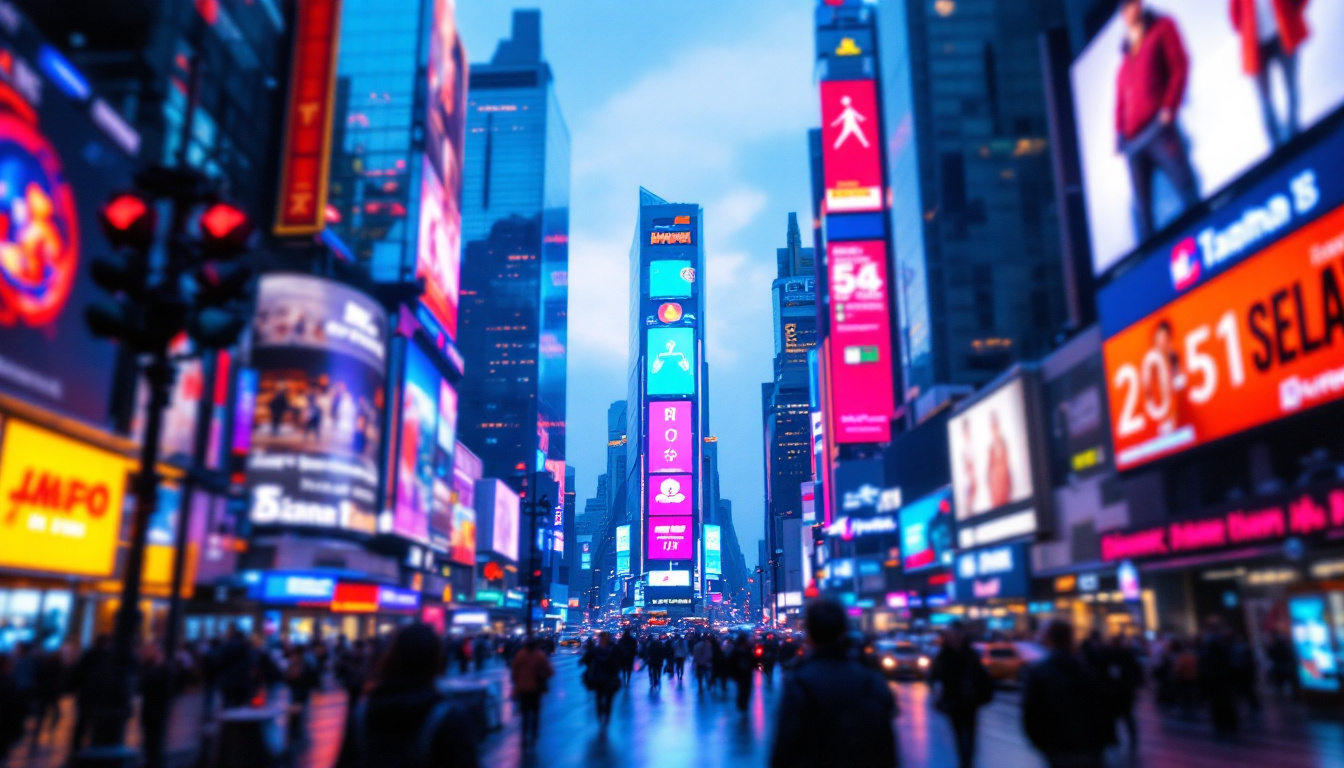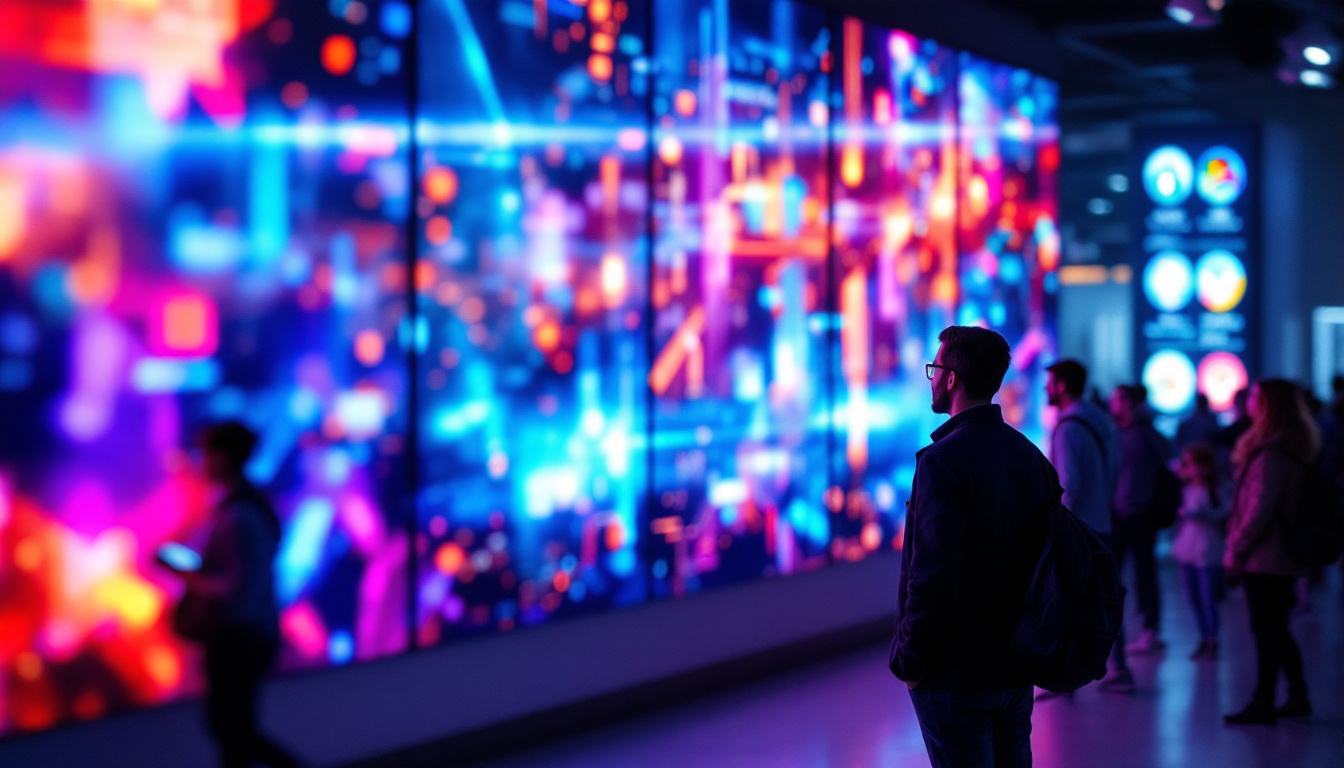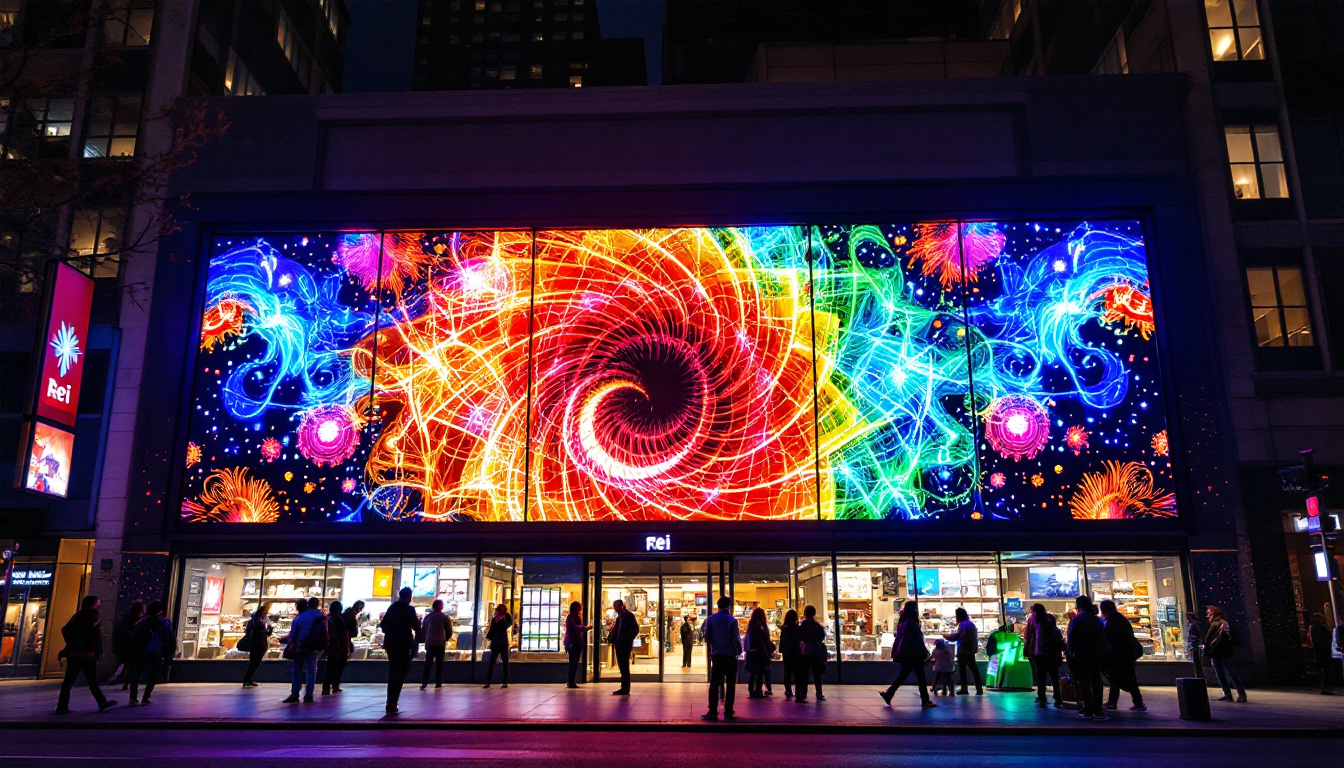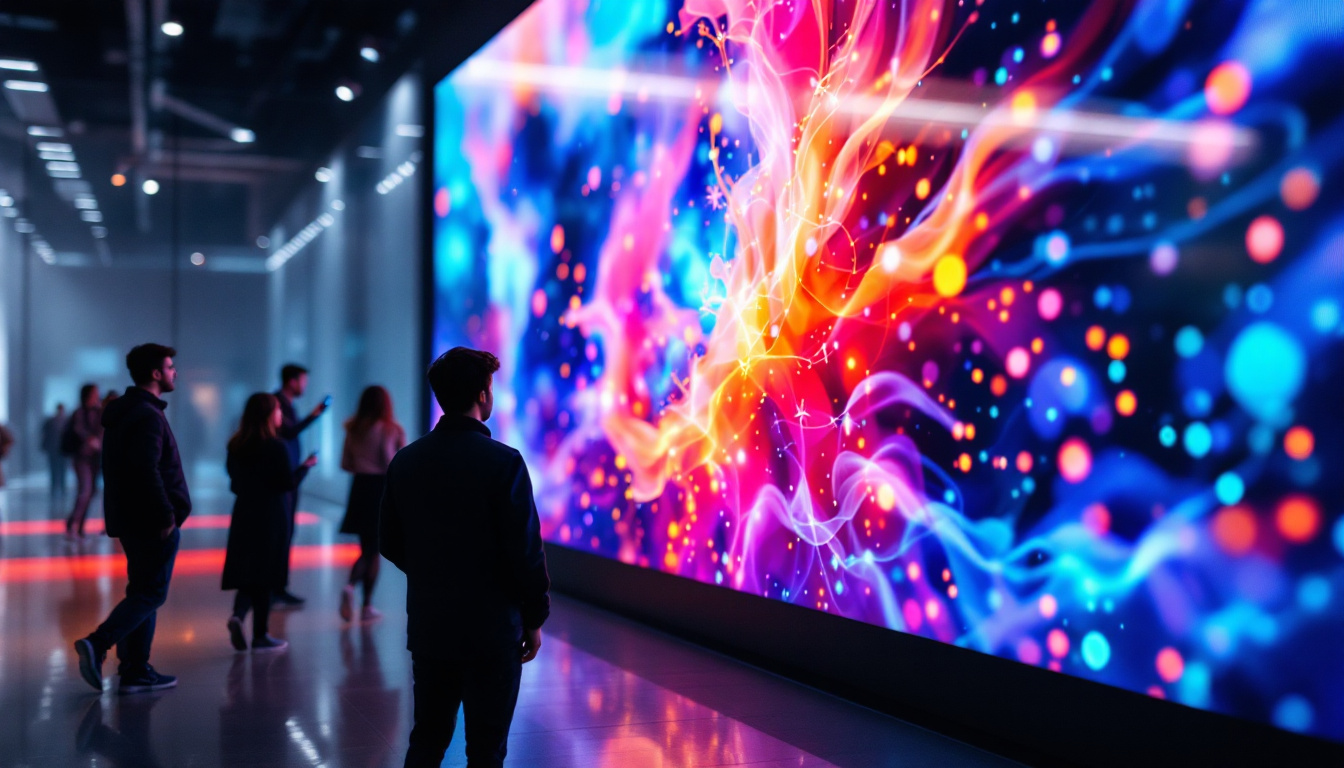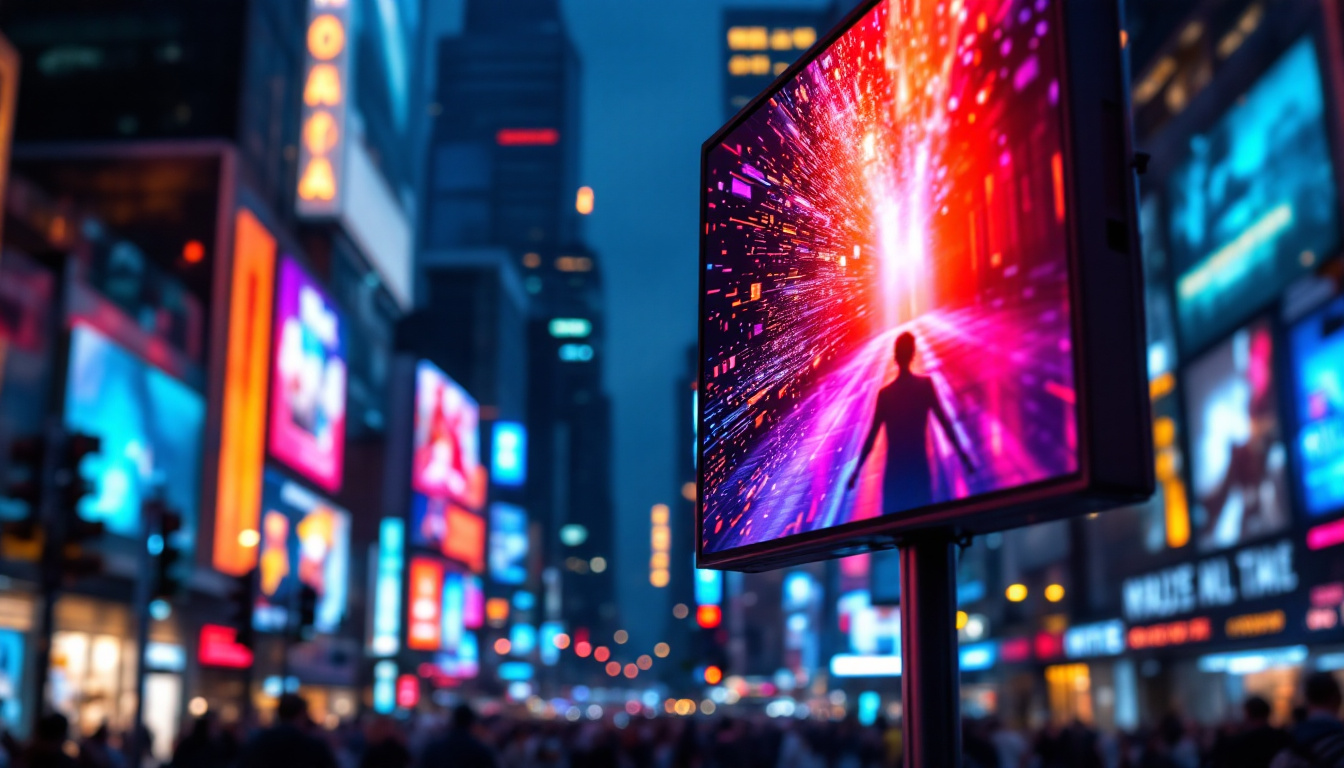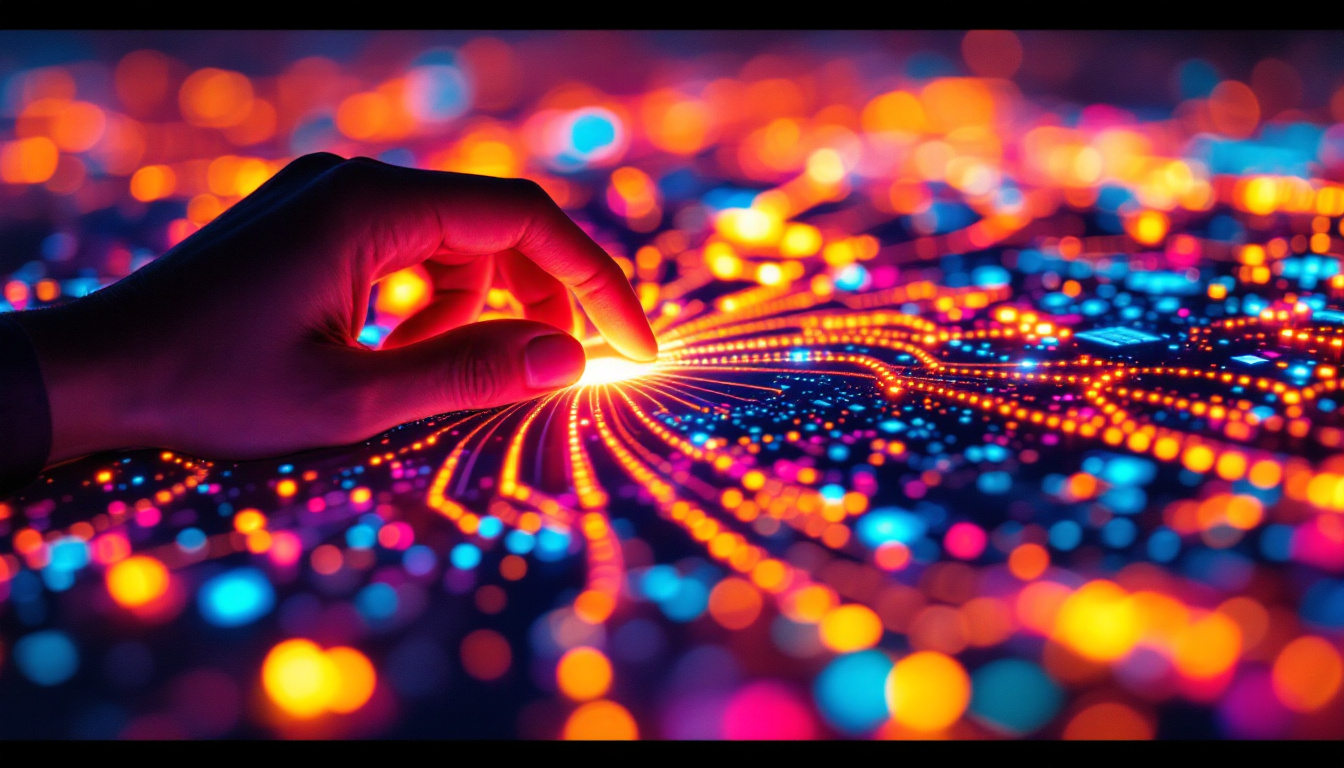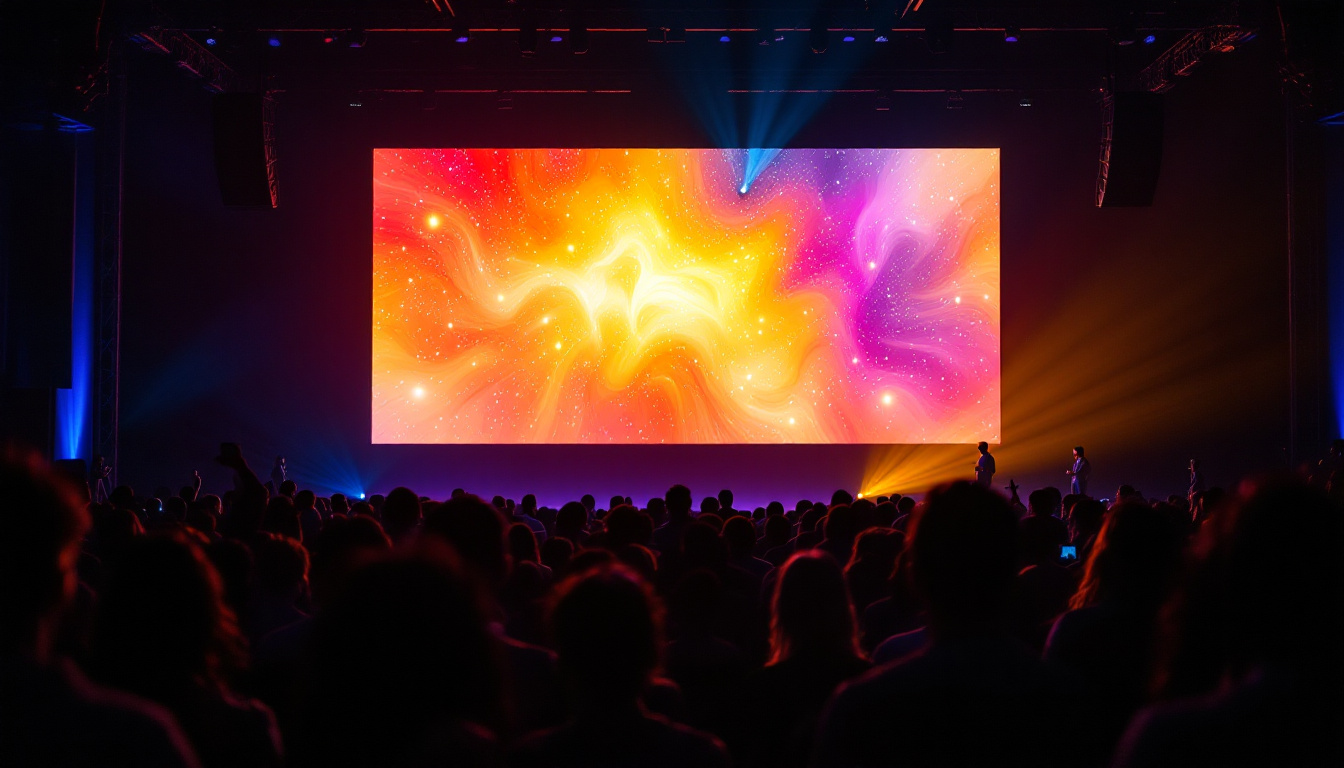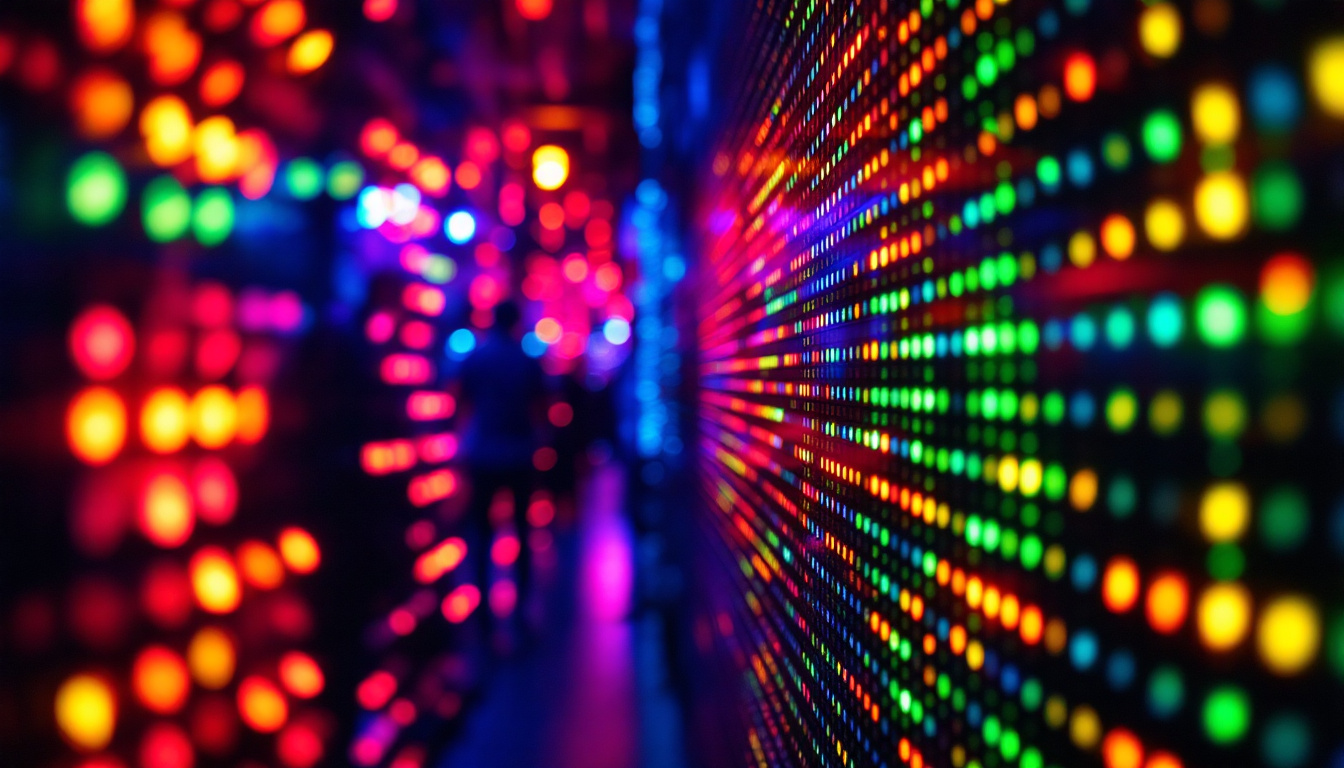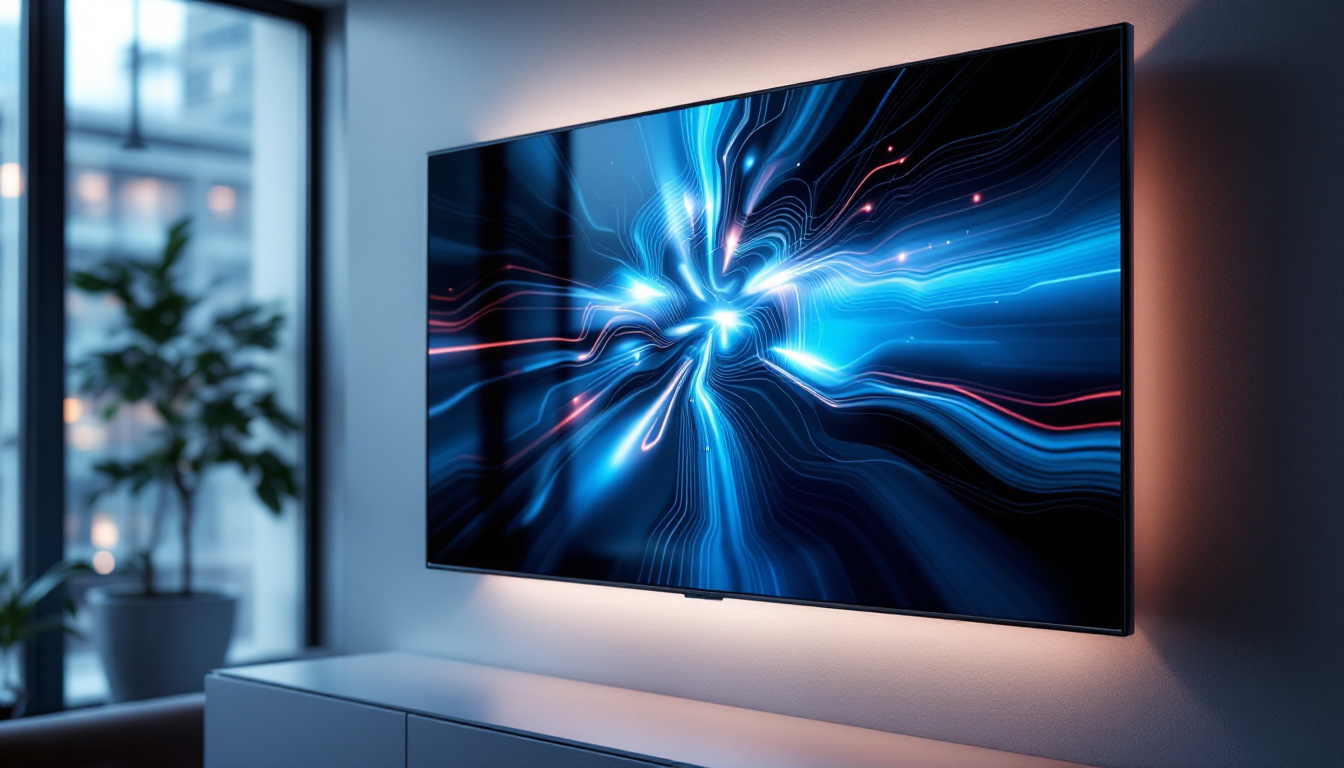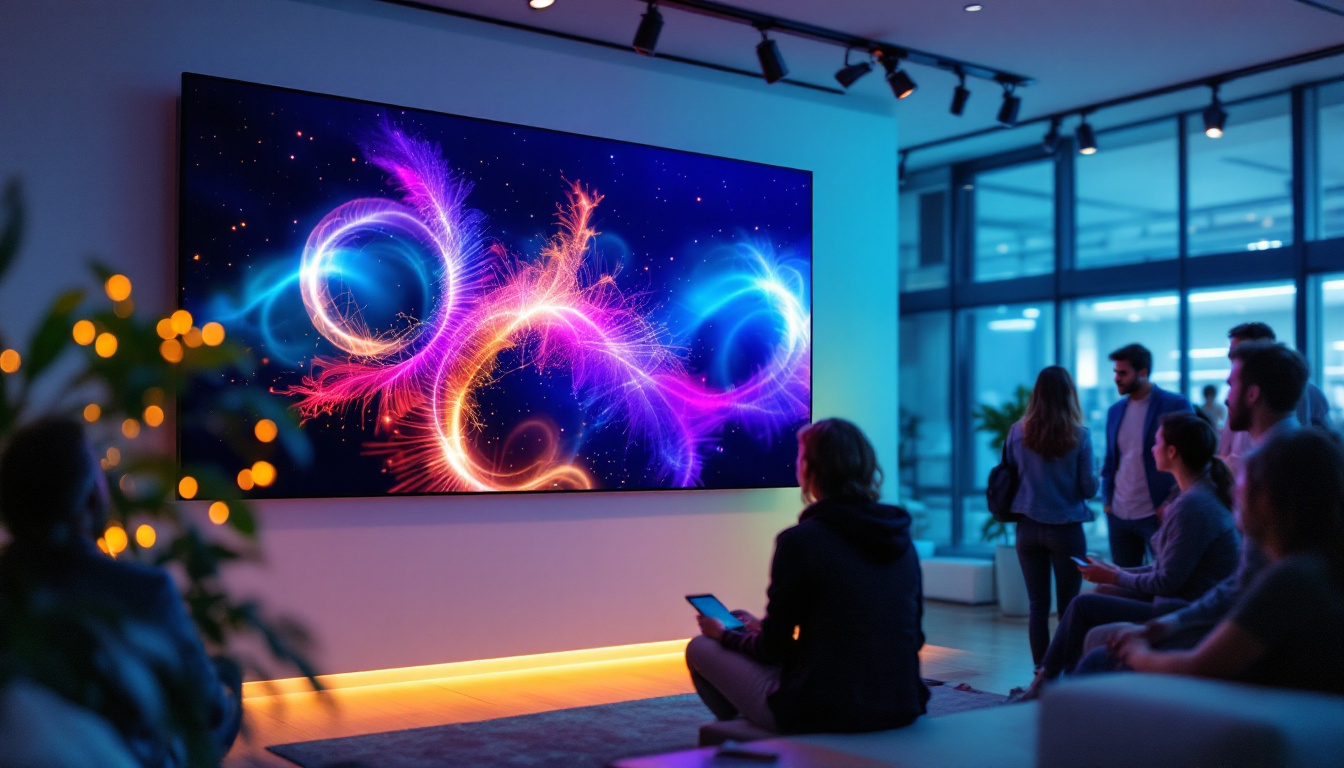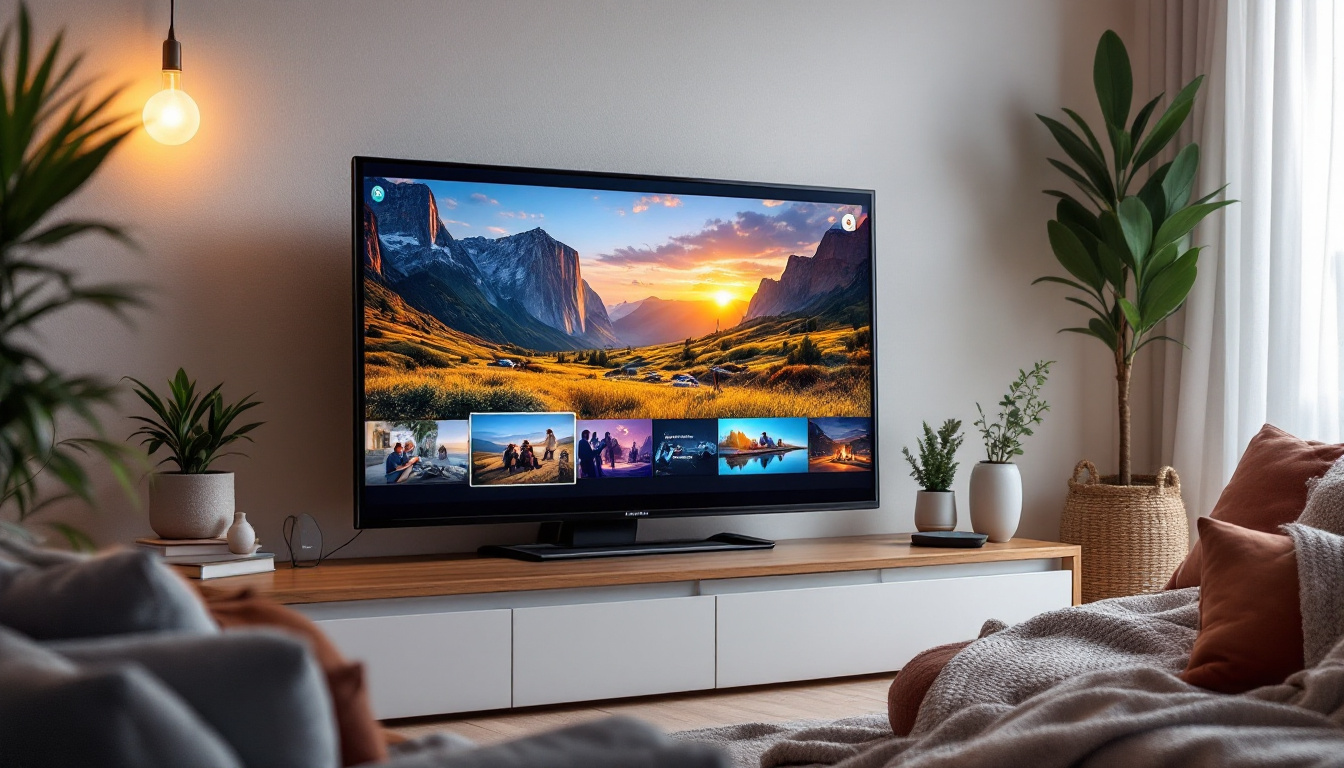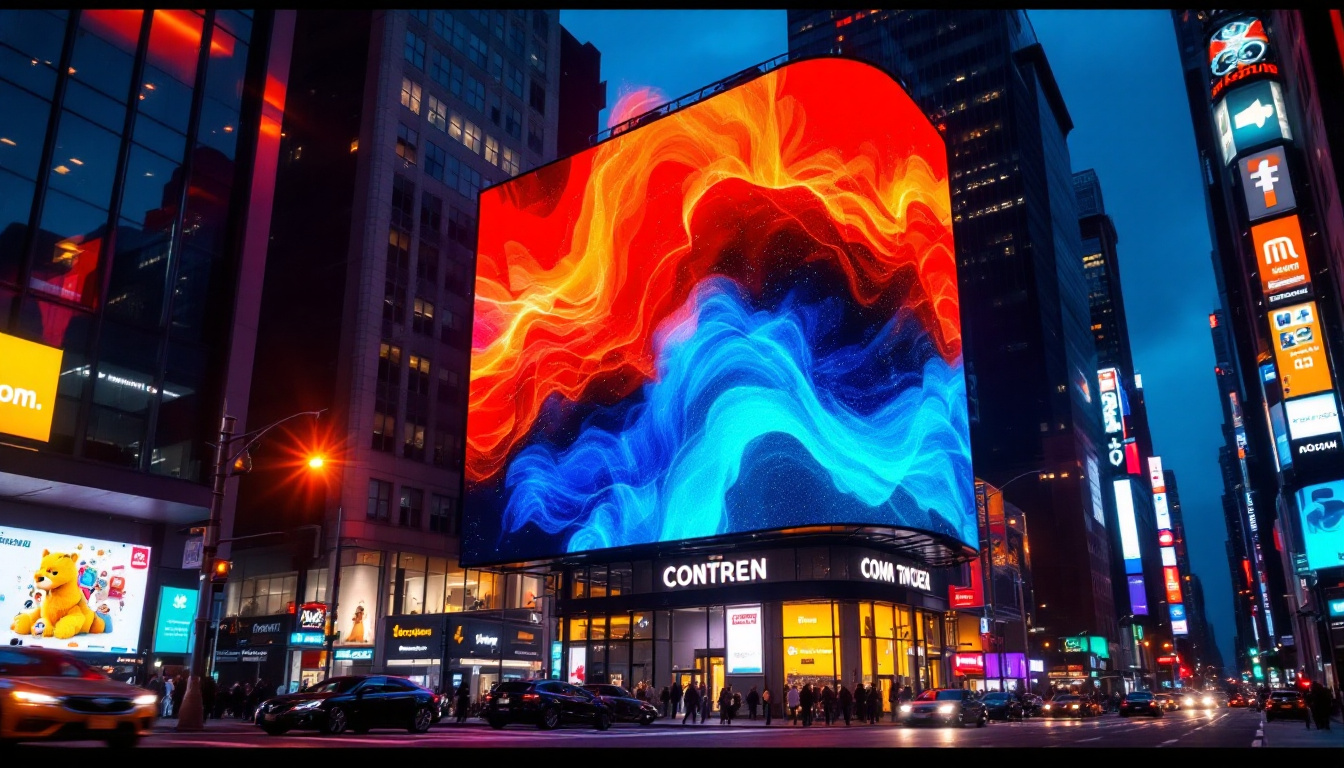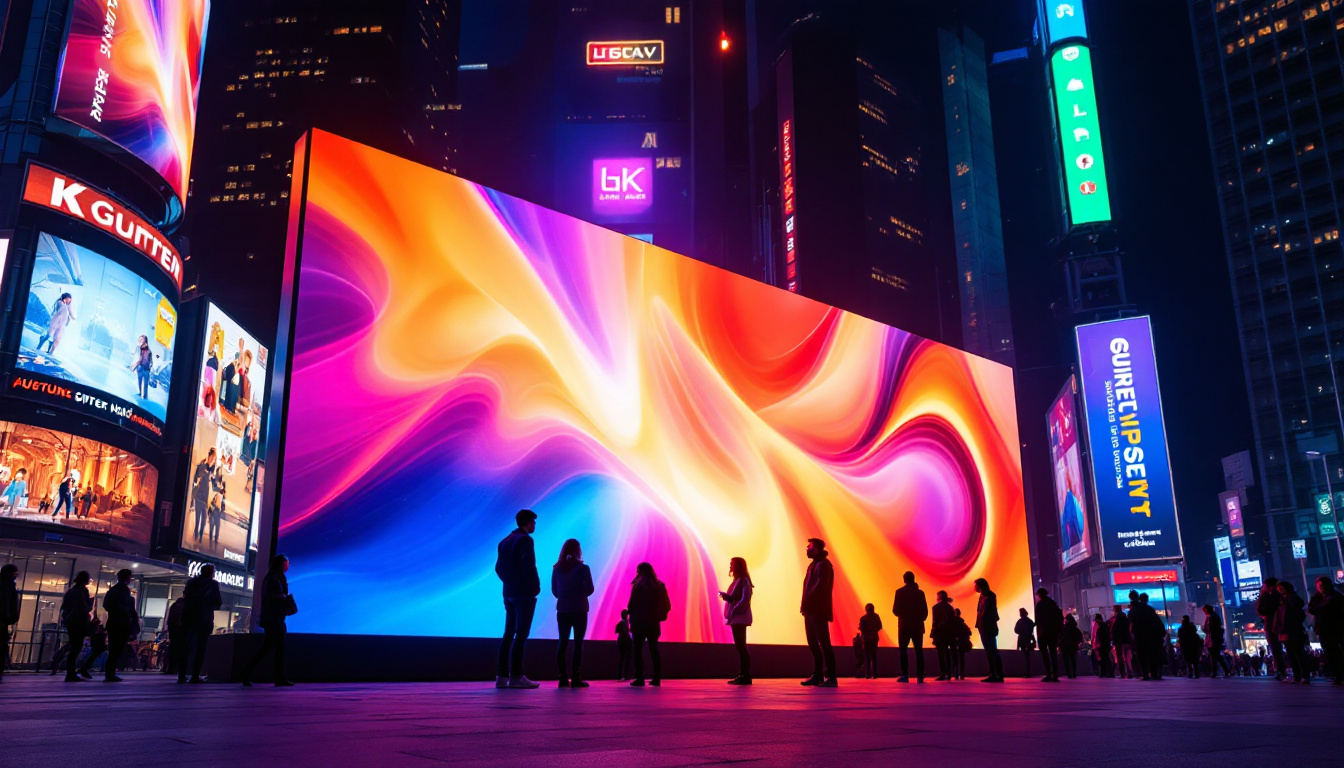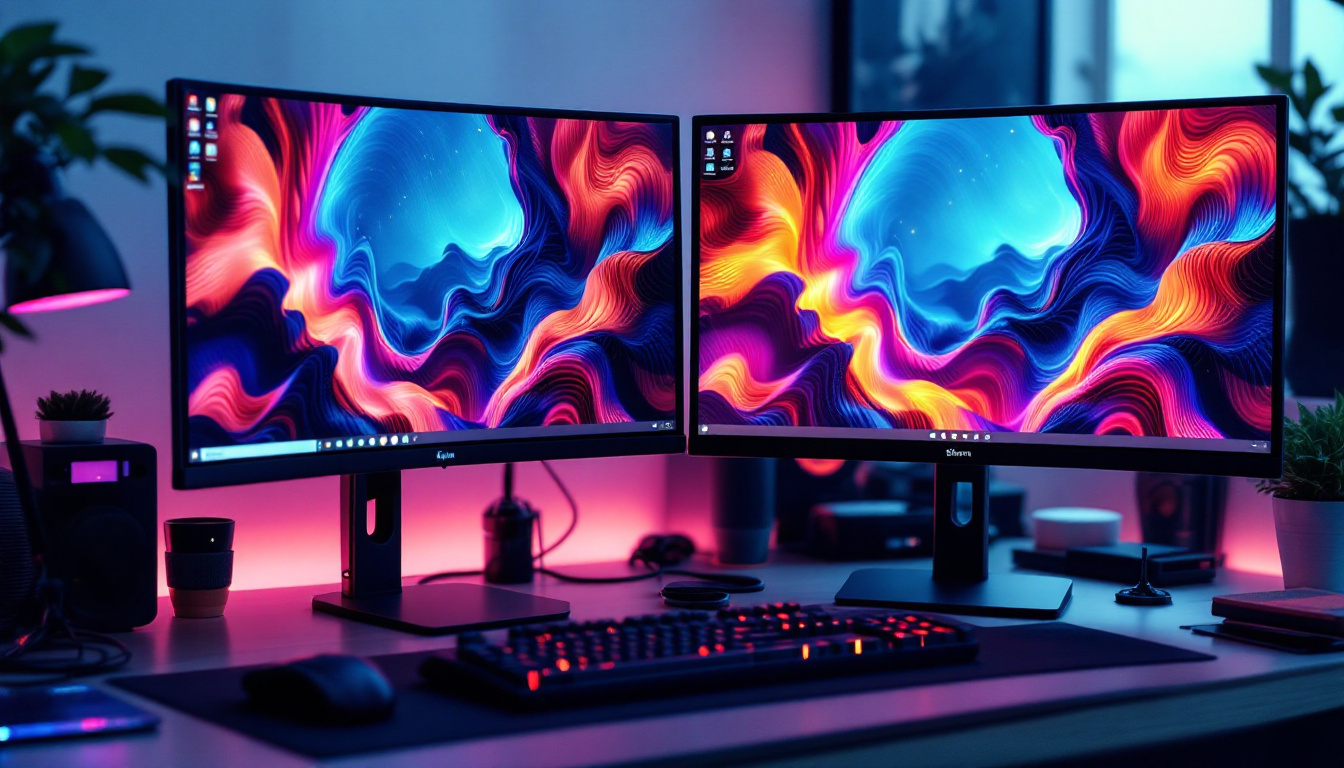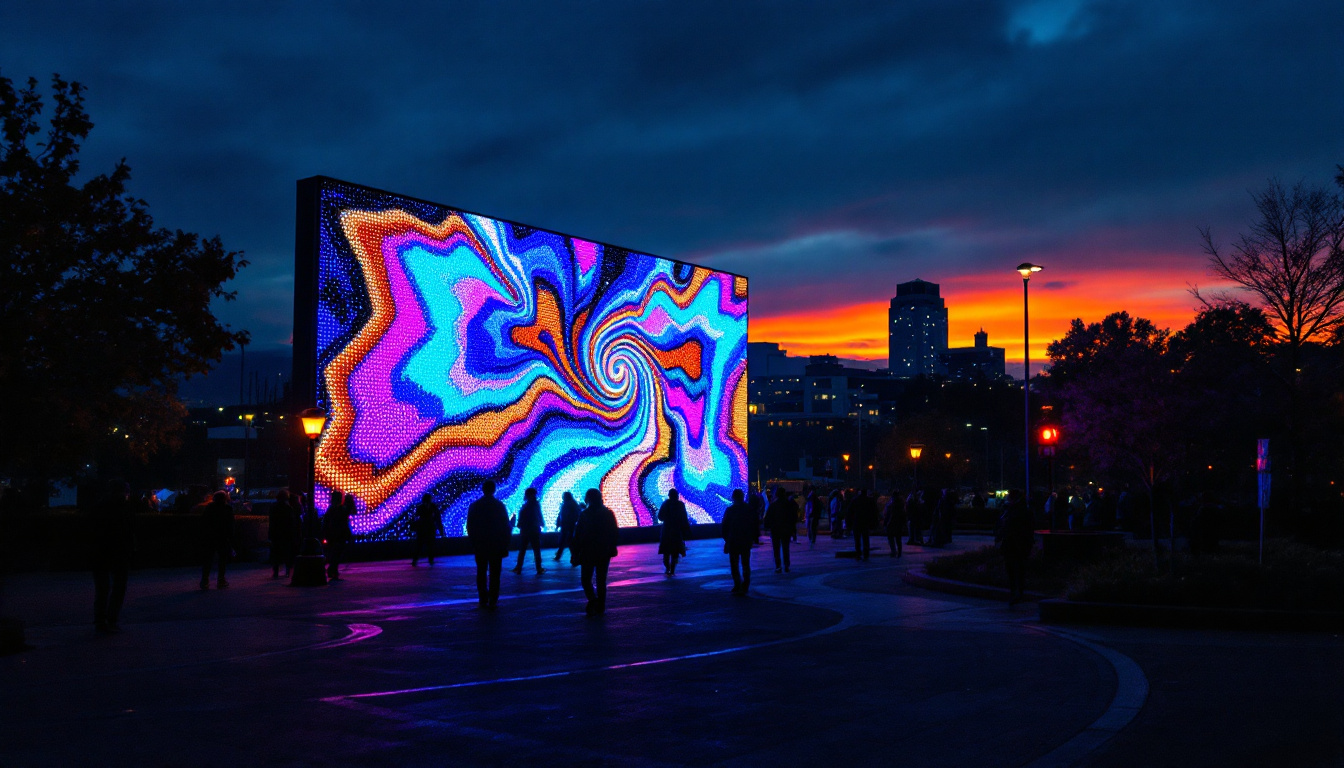In the world of visual technology, video walls have emerged as a captivating way to display information, art, and advertisements. Among the various technologies available, LED displays stand out for their vibrant colors, high brightness, and versatility. This article delves into the intricacies of video wall projectors, focusing particularly on LED displays, their advantages, applications, and the technology behind them.
Understanding Video Walls
A video wall is a large display surface made up of multiple screens or projectors that work together to create a single, cohesive image. This technology is widely used in various settings, including retail environments, control rooms, and event venues. The seamless integration of multiple displays allows for a larger viewing area, making it possible to show high-resolution content in an engaging manner. Video walls can transform any space, capturing the attention of viewers and enhancing the overall experience through dynamic visuals.
In addition to their aesthetic appeal, video walls can also serve functional purposes, such as providing real-time data visualization in control rooms or displaying promotional content in retail spaces. Their versatility makes them an attractive option for businesses looking to elevate their communication strategies and engage customers or audiences effectively.
The Components of a Video Wall
Video walls are composed of several key components that work in harmony to deliver stunning visuals. These components include the display screens, video processors, and mounting systems. The display screens can be LCD, LED, or projection-based, with LED technology gaining popularity due to its superior brightness and color accuracy. Each type of display offers unique advantages, allowing users to select the best option based on their specific needs and environmental conditions.
Video processors play a crucial role in managing the content displayed across the video wall. They ensure that the images are synchronized and scaled appropriately to fit the entire surface. These processors can also enable advanced features such as multi-source input, allowing users to display content from various devices simultaneously. Additionally, mounting systems are essential for securely holding the displays in place, allowing for a clean and professional installation. Proper installation is critical, as it not only affects the visual quality but also the longevity of the video wall setup.
Types of Video Wall Displays
There are several types of displays used in video walls, each with its own strengths and weaknesses. The most common types include:
- LCD Displays: Known for their excellent color reproduction and sharpness, LCD displays are often used in smaller video walls. They are particularly effective in indoor settings where ambient light can be controlled.
- LED Displays: These displays offer high brightness and contrast, making them ideal for outdoor use and large venues. Their ability to maintain visibility in bright environments is a significant advantage, especially for events held in open spaces.
- Projection Systems: While less common, projection-based video walls can create large images and are often used in theaters and immersive environments. These systems can provide a unique viewing experience, especially when combined with curved screens or special projection techniques.
Furthermore, advancements in technology have led to the development of ultra-narrow bezel displays, which minimize the gaps between screens in a video wall. This innovation enhances the overall visual impact, creating a more immersive experience for viewers. As video wall technology continues to evolve, we can expect even more sophisticated features, such as interactive capabilities and integration with augmented reality, further expanding their applications across various industries.
LED Displays: The Technology Behind the Brilliance
LED (Light Emitting Diode) technology has revolutionized the way images are displayed. Unlike traditional displays that use backlighting, LED displays utilize individual diodes to emit light, resulting in vibrant colors and deep blacks. This section explores how LED displays work and their advantages over other technologies.
How LED Displays Work
LED displays consist of an array of tiny diodes that emit light when an electrical current passes through them. These diodes are grouped into pixels, which combine to form images. The brightness and color of each pixel can be controlled independently, allowing for a wide range of colors and high contrast ratios.
There are two primary types of LED displays: direct view and rear projection. Direct view LED displays are the most common for video walls, as they provide a seamless viewing experience with minimal bezels between screens. Rear projection LED displays, on the other hand, use projectors to display images onto a screen, which can create a more immersive experience but may not achieve the same brightness levels. Additionally, advancements in technology have led to the development of microLED displays, which utilize microscopic LEDs to create even finer resolutions and improved color accuracy, pushing the boundaries of display technology further.
Advantages of LED Displays
LED displays offer numerous advantages that make them a preferred choice for video walls:
- High Brightness: LED displays can achieve brightness levels that are suitable for both indoor and outdoor environments, ensuring visibility even in bright conditions.
- Energy Efficiency: LED technology is more energy-efficient than traditional displays, resulting in lower operating costs.
- Longevity: LED displays have a longer lifespan compared to other technologies, reducing the need for frequent replacements.
- Flexibility: LED displays can be configured in various shapes and sizes, allowing for creative installations that suit different environments.
Moreover, LED displays are known for their rapid response times, which make them ideal for dynamic content such as sports broadcasts and live events. The ability to refresh images quickly ensures that fast-moving visuals are rendered smoothly without blurring. This characteristic is particularly beneficial in environments where real-time information is critical, such as in airports or stock exchanges. Furthermore, the modular nature of many LED systems allows for easy upgrades and maintenance, ensuring that the technology can evolve alongside the needs of its users without requiring a complete overhaul.
Another significant advantage of LED displays is their environmental impact. As technology progresses, manufacturers are increasingly focusing on creating sustainable products that reduce waste and energy consumption. Many LED displays are now designed with recyclable materials and energy-saving features, aligning with global efforts to minimize carbon footprints. This commitment to sustainability not only appeals to environmentally conscious consumers but also sets a standard for the industry, encouraging further innovations in eco-friendly display technologies.
Applications of LED Video Walls
LED video walls are utilized in a wide range of applications, each benefiting from the technology’s unique features. From corporate environments to entertainment venues, the versatility of LED displays makes them an ideal choice for various settings.
Corporate and Control Room Use
In corporate environments, LED video walls are often used for presentations, data visualization, and collaborative work. They provide a dynamic way to display information, making it easier for teams to analyze data and make informed decisions. Control rooms, such as those used in security and traffic monitoring, rely on LED video walls to provide real-time information to operators, ensuring swift responses to incidents.
Retail and Advertising
Retailers have embraced LED video walls as a powerful marketing tool. These displays can showcase products, advertisements, and promotional content in an eye-catching manner. The high brightness and vibrant colors of LED displays attract customers’ attention, enhancing the shopping experience and driving sales.
Entertainment and Events
In the entertainment industry, LED video walls are commonly used in concerts, festivals, and live events. They create immersive experiences by displaying dynamic visuals that complement performances. Additionally, event organizers utilize LED video walls for branding and information dissemination, ensuring attendees stay engaged throughout the event.
Challenges and Considerations
While LED video walls offer numerous benefits, there are also challenges and considerations that must be addressed. Understanding these factors is essential for successful implementation and operation.
Cost Implications
One of the primary challenges of LED video walls is the initial investment. High-quality LED displays can be expensive, and the costs can escalate when considering additional components such as video processors and mounting systems. However, it is important to weigh the long-term benefits against the initial costs, as LED displays often provide better value over time due to their longevity and lower operating costs.
Maintenance and Calibration
Regular maintenance and calibration are crucial for ensuring optimal performance of LED video walls. Over time, individual diodes may degrade, leading to color inconsistencies and reduced brightness. Routine inspections and adjustments can help maintain the quality of the display, but this requires dedicated resources and expertise.
Future Trends in LED Video Wall Technology
The landscape of LED video wall technology is continually evolving, with advancements that promise to enhance performance and expand applications. This section explores some of the emerging trends in the industry.
Higher Resolutions and Pixel Density
As technology progresses, the demand for higher resolutions and pixel density in LED displays is increasing. This trend is driven by the need for more detailed images and improved viewing experiences. Manufacturers are developing smaller diodes that allow for tighter pixel spacing, resulting in sharper visuals that are particularly beneficial for close-range viewing.
Integration with Smart Technology
Smart technology integration is another significant trend shaping the future of LED video walls. As the Internet of Things (IoT) continues to expand, LED displays are being equipped with smart capabilities that allow for remote management, real-time content updates, and interactive features. This integration enhances the functionality of video walls, making them more versatile and user-friendly.
Environmental Considerations
With growing awareness of environmental issues, manufacturers are focusing on creating more sustainable LED displays. This includes using eco-friendly materials, improving energy efficiency, and developing recycling programs for old displays. These initiatives not only reduce the environmental impact but also appeal to consumers who prioritize sustainability.
Conclusion
LED video walls represent a significant advancement in visual technology, offering unparalleled brightness, color accuracy, and versatility. Their applications span various industries, from corporate settings to entertainment venues, making them an essential tool for communication and engagement. While challenges such as cost and maintenance exist, the long-term benefits of LED displays often outweigh these concerns.
As technology continues to evolve, LED video walls will likely become even more sophisticated, integrating smart features and higher resolutions. Embracing this technology can lead to enhanced experiences for audiences, whether in a retail environment, a corporate meeting, or a live event. The future is bright for LED video walls, and their impact on how information is presented and consumed will only grow.
Discover LumenMatrix’s Innovative LED Solutions
Ready to elevate your visual displays with the latest in LED technology? LumenMatrix offers a comprehensive range of LED display modules designed to transform any space into a dynamic visual environment. From Indoor and Outdoor LED Wall Displays to specialized solutions like Vehicle LED Displays and LED Sports Displays, our products are crafted to captivate and engage your audience. Experience the future of visual communication with LumenMatrix’s cutting-edge digital signage and LED display solutions. Check out LumenMatrix LED Display Solutions today and see your vision come to life with clarity and impact.

